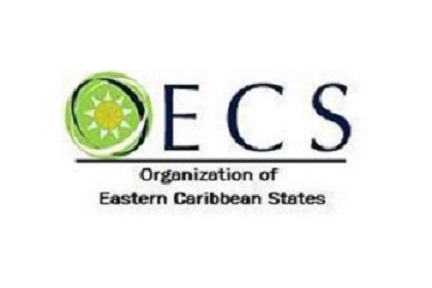Over the past 500 years, humans have used energy sources like coal and fracked gas that have impacted the environment. However, renewable energy technologies have started to circumvent and reverse the negative impacts of these energy sources on the environment. Renewable energy technology isn’t new as using nature’s power for transportation, heating and lighting has been used for as long as man has needed it. The sun has provided warmth during the day while wind has powered boat sails across varying seas and windmills used to grind grain.
Renewable energy is energy that is created from natural sources like sun, wind, water, and bioenergy crops. Sun energy also called solar energy is harnessing energy from the sun to power electricity or heat. Wind energy can be converted into electrical or mechanical power through wind turbines or windmills. Bioenergy can be harnessed through plant and animal waste materials. These types of renewable energy are efficient and sustainable for farm use.
Renewable energy is constantly replenished and in farming, this can be applied to crop production and protection. Vertical farming (Hydroponics) is an example of renewable farming which uses a method of no soil, less water, and less space. Food can be grown indoors, and crops can be rotated to ensure food security.
Currently, more Caribbean countries have begun to further investigate the potential of renewable energy like geothermal, solar, wind, and biomass energy. Incorporating the use of renewable energy would help to boost the productivity of sectors like Agriculture, Tourism, Transport, Health, and Manufacturing.
Read more from our sources below!
Source:
USDA – Energy Farms
OECS – Driving the Transition Towards Sustainable Energy in the Eastern Caribbean
Natural Resources Defense Council – Renewable Energy: The Clean Facts
ProduceBlueBook – Vertical farmer Future Crops moves to 100% renewable energy













